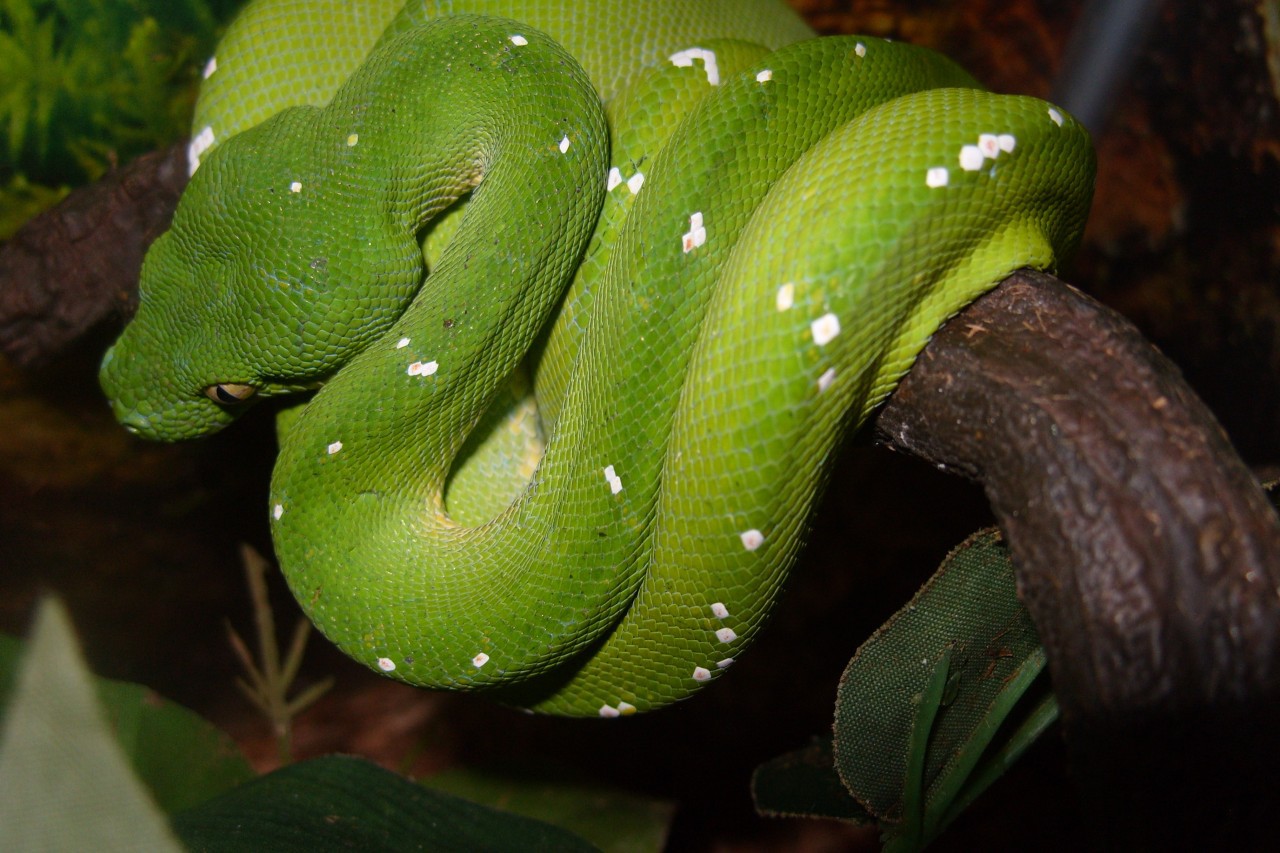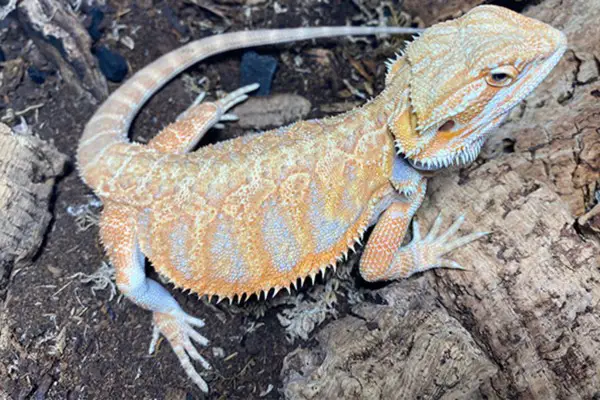How many times have you come across all these fun facts about snakes for kids? These interesting facts include snake diet, habitat, reproduction and behavior. Snakes are the carnivorous reptiles belong to the suborder Serpentes and can be easily recognized from their legless features together with an elongated body. These reptiles have no external ears but they are not entirely deaf. Nearly all snake species have skulls that consist of several joints thereby allowing them to swallow much larger prey as compared to their head size. The snakes are found in almost every continent other than Pacific, Antarctica, and Indian Oceans. However, a good number of snakes inhabit in the small islands of Ireland, New Zealand, Atlantic, and Central Pacific. There are around 3,400 species of snakes worldwide. The size of these reptiles ranges from 10 cm but they can be as long as 8 – 15 meters. The snakes are believed to have appeared either from aquatic lizards or burrowing lizards in the period of Cretaceous. The most primitive snake fossils were discovered predating 112 Ma ago. These animals are predominantly carnivorous with most of them are non-venomous. The venomous snakes employ their venom either to kill their prey or to defend themselves. There are few species that are poisonous so much so that they can lead death to humans within minutes. The non-venomous snakes swallow the live or kill by constriction. All these species lack front limbs.
Fun Facts about Snakes For Kids
- The length of the extinct Titanoboa cerrejonesis snake varies from 12 – 15 meters (39 – 49 feet), with the largest extant species known as reticulated python measuring 9 meters (30 feet), and anaconda is 7.5 meters (25 feet). The anaconda is considered to be the heaviest species of snake. On the contrary, the snakes can be as small as 10 cm (4 inches), with some measures around 1 meter (3 feet) in length.
- The snakes have keen sense of smell. These reptiles make use of their forked tongue to gather airborne particles then passes away to vomeronasal organ for further scrutiny. This is the reason why all snakes constantly keep their tongue in motion so as to collect sampling particles from water, ground and air. The tongues are also used to locate their prey and potential predators.
- They are not best known for their keen eyesight but snakes do have enough visionary sense than enables them track movements nearby.
- The part of the snake’s body that is in contact with the ground is prone to any kind of vibration thereby allowing them to identify any slight vibrations caused by the prey.
- The snake’s moulting takes place all throughout the year and serves various functions. One of the primary advantages is that the mites and ticks go away with the older skin secondly; the new skin replaces the old one. According to a study, the moulting facilitates snakes to enhance their growth even though there is no solid evidence to support this.
- The snakes tend to hide in the rock crevices or shifts towards a safer place before a molt; besides, they do not eat anything before. The young snakes are known to shed their skin four times a year.
- The skeleton of these reptiles primarily comprise of vertebral column, skull, ribs, and hyoid.
 What Do Snakes Eat
What Do Snakes Eat
All these reptiles are primarily carnivorous and are known to consume lizards, birds, small mammals, snails, insects, eggs, and fish. The snakes had to swallow their prey as a whole as they are incapable to tear their prey into pieces. The smaller snakes feed on smaller prey. The young snakes eat small deer, antelope, mice, and lizards.
Where Do Snakes Live | Fun Facts about Snakes For Kids
There are around 2,900 snake species that inhabits all along the Arctic Circle (Scandinavia) towards the southward Australia. These types of reptiles exist in all the continents of the world other than Antarctica, with certain species are found at an altitude of 16,000 feet (4,900 meters) in the Himalayan Mountains (Asia). Nevertheless, the snakes are not known to reside in the small islands of Iceland. False coral snakes are found only in tropical South America. The dwarf pipe snakes dwell in the Sumatra island and western Malaysia. The wart snakes inhabit across the tropical Southeast Asia, southern Indonesia, Malaysia, Timor Island, east New Guinea, Western Sri Lanka, India, northern coast of Australia, Bismark Archipelago, Solomon Islands, Mussau Island, and Philippines.
Reproduction
Nearly all species use internal fertilization and most of these reptiles lay eggs. The snakes tend to abandon these eggs in a nest except king cobra that stays in the nest for incubation. The snakes are ovoviviparous species.







